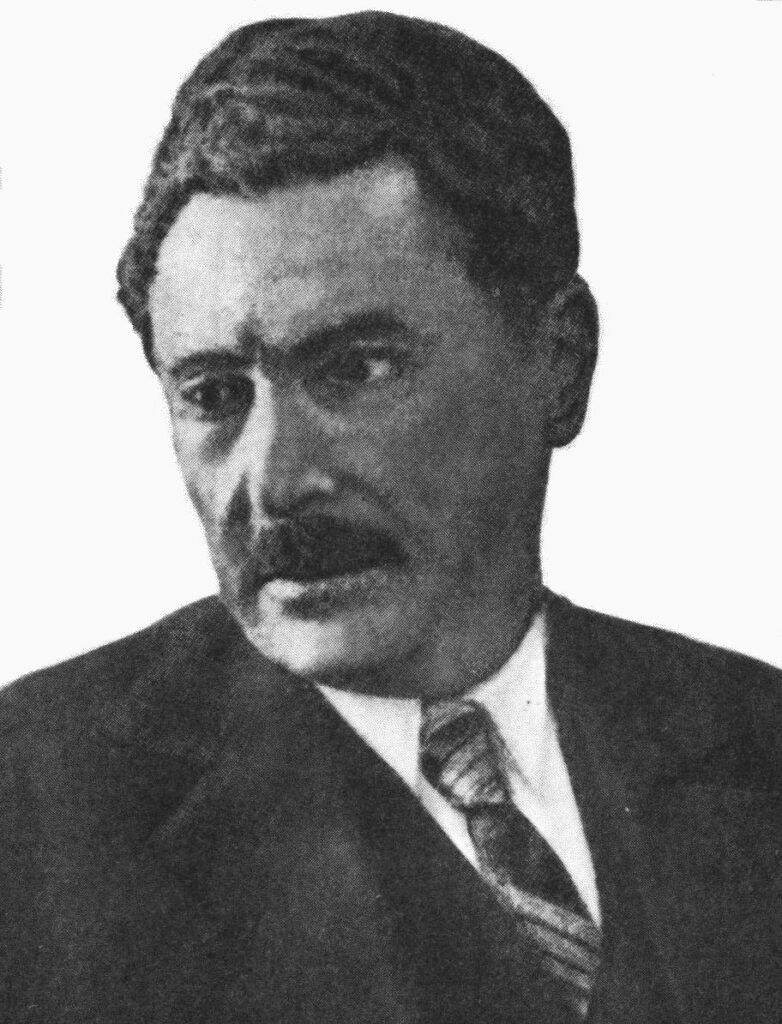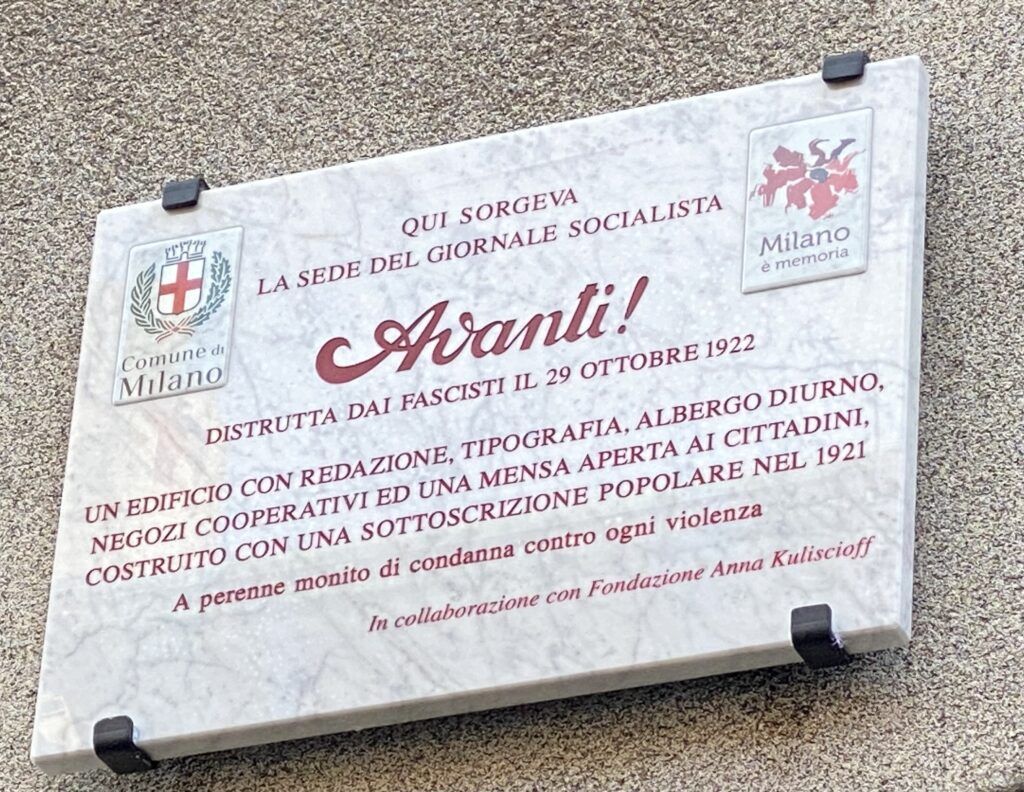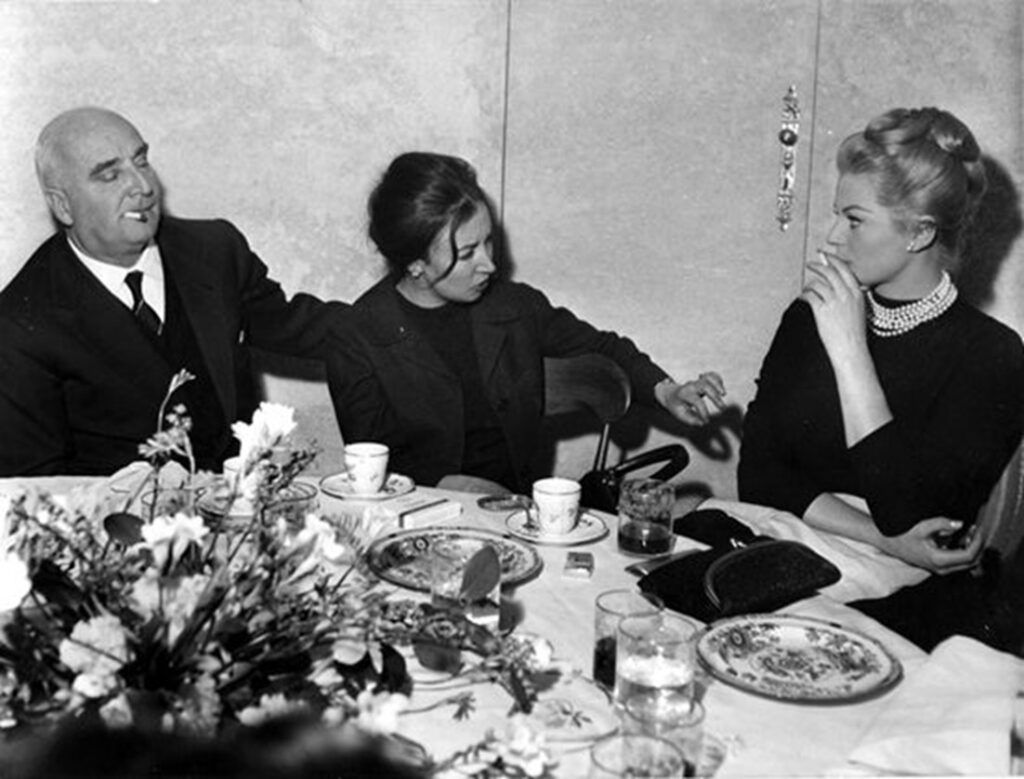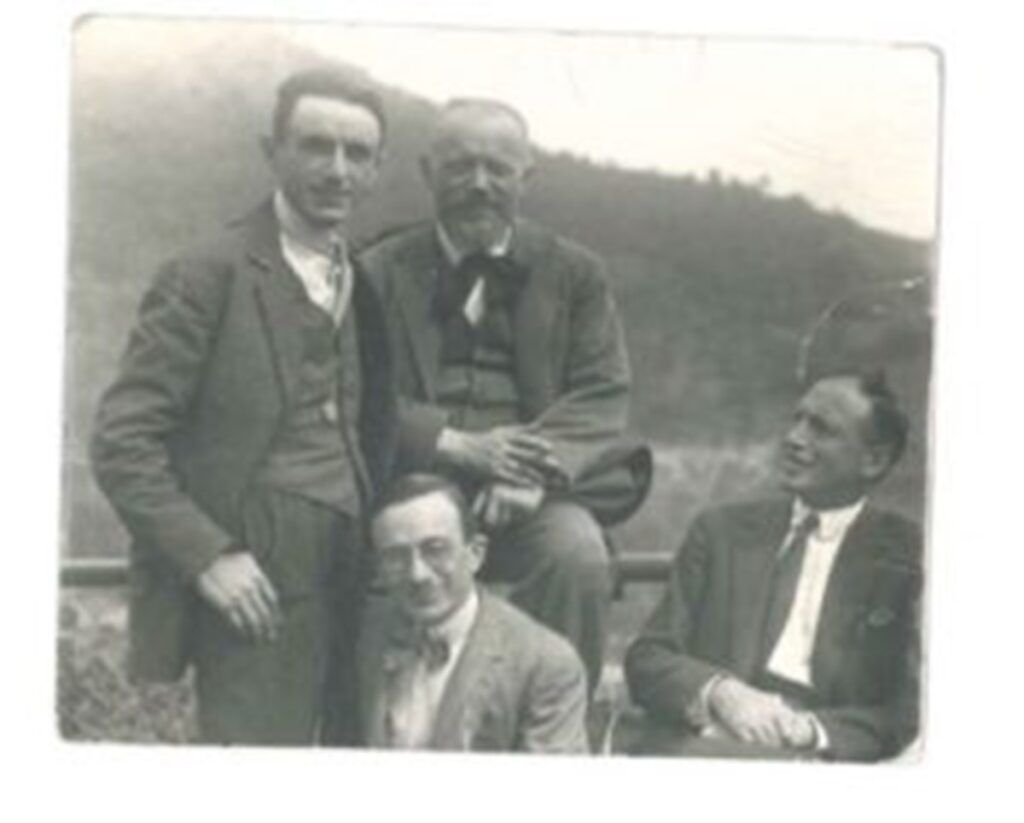It is not easy these days for a large city like Milan to decide to dedicate a garden and the avenue that runs through it to a Venetian anti-fascist who worked in Milan for thirty years, in the dark period of the advent of fascism, war, German occupation. The Municipality has decided to do it in these days when the Liberation is being celebrated and the official inauguration will be on October 4th coinciding with the 80th anniversary of his death in the gas chamber of the Mauthausen camp. Bonaventura Ferrazzutto, known as Ventura (Venice, 5 March 1887 – Hartheim, 4 October 1944), was a Venetian politician and partisan. His family was of Friulian origin, from Cisterna di Coseano (Udine). His father Antonio ran a trattoria in Calle dei Fabbri, in Venice, near Campo San Luca. Fifth of seven brothers, after elementary school he attended secondary technical schools, as professional commercial schools were called at the time. In 1904 he joined the Achille Antonelli pasta factory in Venice as an accountant where he remained until 1915. At a very young age he joined the Venetian socialist movement. In recent years he was also active in the Venetian cooperative movement as an administrative consultant for the Cooperativa Pesatori della città, a company that managed the public weighbridges in Venice.
Who was Ventura
In 1912, at the age of twenty-five, he met Giacinto Menotti Serrati, a leading exponent of the maximalist wing of the PSI, director of the Venetian weekly «Il Secolo Nuovo» and also secretary of the city’s Chamber of Labor. His friendship with Serrati would lead him to become his closest collaborator and secretary. It is interesting to quote Antonio Gramsci’s opinion on Serrati: «it is certain that Serrati was loved then as no party leader has ever been loved in our country». In 1914 Serrati was appointed director of Avanti!, the PSI newspaper, and Bonaventura Ferrazzutto followed him a year later to Milan, in 1915. In that year he was, among other things, the subject of a removal order from the his city because, neutralist, pacifist and anti-militarist. A few years later he married Elvira Pillon, also Venetian, who already in 1911 was a collaborator of the weekly «Su compagne!», founded in Lugano in 1904 by Angelica Balabanoff and then printed in Venice. The weekly was born to advance the emancipation of the female world. Elvira Pillon would later become national leader of the socialist women’s movement.
Ventura all’Avanti


Ventura Ferrazzutto enters the circles of the Milanese left, building friendships with, among others, Angelica Balabanoff and Claudio Treves. In Milan he will always affirm his Venetian origins by joining the «Famegia Veneziana» association which brought together Venetians in Lombardy.


After a short period of activity at the Milan Chamber of Labor, where he was responsible for the stipulation of the first national employment contracts, in 1917 he moved to the administration of «Avanti!». When Giacinto Menotti Serrati joined the Communist Party of Italy, he remained in the PSI with the reformists. Pietro Nenni then took over the direction of the newspaper and Ventura Ferrazzutto became its administrator. The friendship with Nenni becomes very close. He works at «Avanti!» until 1926, when the newspaper ceased publication by decree of the fascist government.
The commitment


From 1926 to 1928 he was administrative manager at SAF (Railway Accessories Services), a company that managed newsstands in the large railway stations of the Kingdom of Italy. On 1 May 1928 he accepted the proposal of the publisher Angelo Rizzoli who wanted to develop and increase his publishing activity in the periodicals sector. He works so well that the Milanese entrepreneur appoints him general attorney of Angelo Rizzoli Editore and shortly afterwards administrative director. These were also the years of the start of the Italian film industry and Ferrazzutto committed himself to building the film house of the Milanese publisher who created one of the first Italian sound films in 1934: The lady of all, with Isa Miranda who will become one of the divas of Italian cinema. In these years he is also the protagonist of the development of that friendship relationship that will bind Angelo Rizzoli to Pietro Nenni and the Italian Socialist Party.
Ventura and Chemistry-Galvanics


In 1932, Ferrazzutto with Domenico Viotto founded Chimico-Galvanica in Milan, a company for the marketing of chemical products based in Viale Bligny 4. The company was an important center of the Milanese anti-fascist struggle and an important source of financing for the Socialist Party. Lelio Basso, then in financial difficulty, was hired as a personnel management consultant. In 1943 Chimico Galvanica paid 500,000 lire into the coffers of the socialist party. Throughout the twenty years, Ventura Ferrazzutto went to Paris several times to bring financial resources to the comrades of the Anti-Fascist Unity Committee who operated there not without a few difficulties.
With the collapse of Fascism, Bonaventura Ferrazzutto entered the Milanese partisan struggle


He took advantage of his role in Rizzoli and started a clandestine editorial activity with the Upper Italy National Liberation Committee for the printing of documents for the expatriation of persecuted people, Jews and members of the Resistance.
On 26 November 1943, Ventura Ferrazzutto was arrested in Milan by the Gestapo in his home in via Locatelli 5 for an informant. At five in the morning he was transferred to San Vittore and then to the Mauthausen extermination camp. Ferrazzutto was supposed to be freed, but a prison guard releases another prisoner in exchange for 25,000 lire, so after 99 days of detention in San Vittore he is sent to Mauthausen with a convoy (Transport 33), which left from platform 21, on 4 March 1944 and March 13th arrives.
He is given the no. Serial number 57579. In the tragedy of his imprisonment his anti-fascist commitment did not cease and he joined the International Liberation Committee of the concentration camp with some other Italians as highlighted by Pappalettera in his You will go through the chimney. The committee organizes a revolt, later called the “Russian Revolt”, which allows many prisoners who are then partly recaptured to escape. Bonaventura Ferrazzutto was then transferred to Hartheim Castle, a concentration camp in which prisoners were subjected to brutal scientific experiments. Here he died on 4 October 1944 at the age of fifty-seven. There will be no further news of him, he will be one of the many who went down the chimney.
Ventura and “his” Milan


The news of Ferrazzutto’s death reaching Milan caused a great echo among the socialist people as evidenced by a letter from Lelio Basso to Pietro Nenni dated 10 March 1945. On 1 May 1945 the socialist newspaper «Avanti!» it comes out with Ferrazzutto’s photo on the front page in memory of a life entirely spent for the world of work, freedom and the socialist movement. Pietro Nenni, in his first visit to Venice for the electoral campaign, wanted to go to his brother Cesare Ferrazzutto to offer the socialist party’s and his personal condolences. The Venetian Federation of the PSI will name the Marghera section in his memory and also the Milanese federation in Milan.
Angelo Rizzoli, in memory of his close collaborator, will want a marble inscription in the new factory in via Civitavecchia in Milan, now via Angelo Rizzoli, so that his contribution to the development of the publishing business is never forgotten. The Venice City Council unanimously voted with resolution no. 101 (dated 24/3/2011) decided to name a site in the city after him. In 2017, in front of the door where he was born, in the San Marco district, in Calle dei Fabbri n. 4741 a stumbling block was placed in perpetual memory of a life spent in the fight for freedom and democracy.















